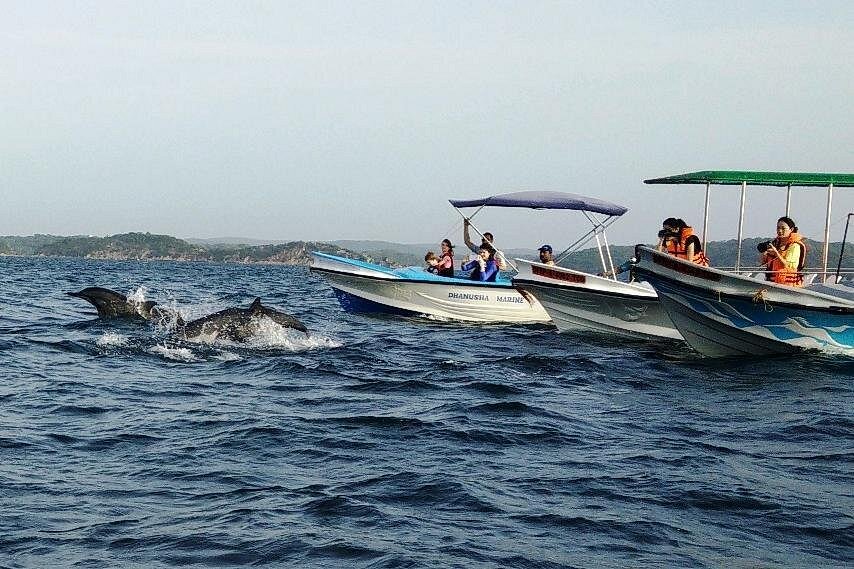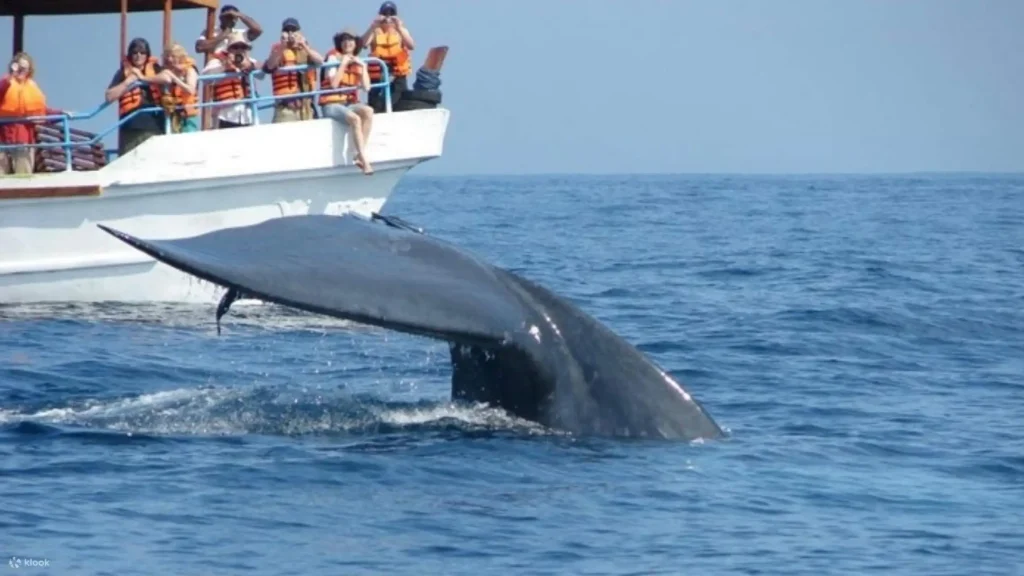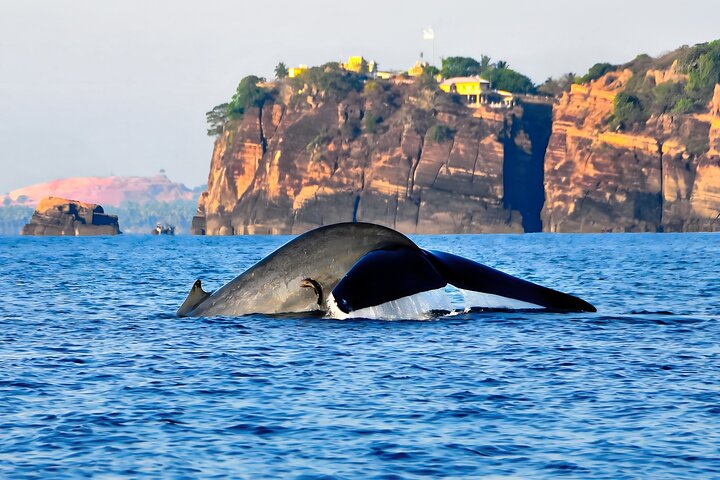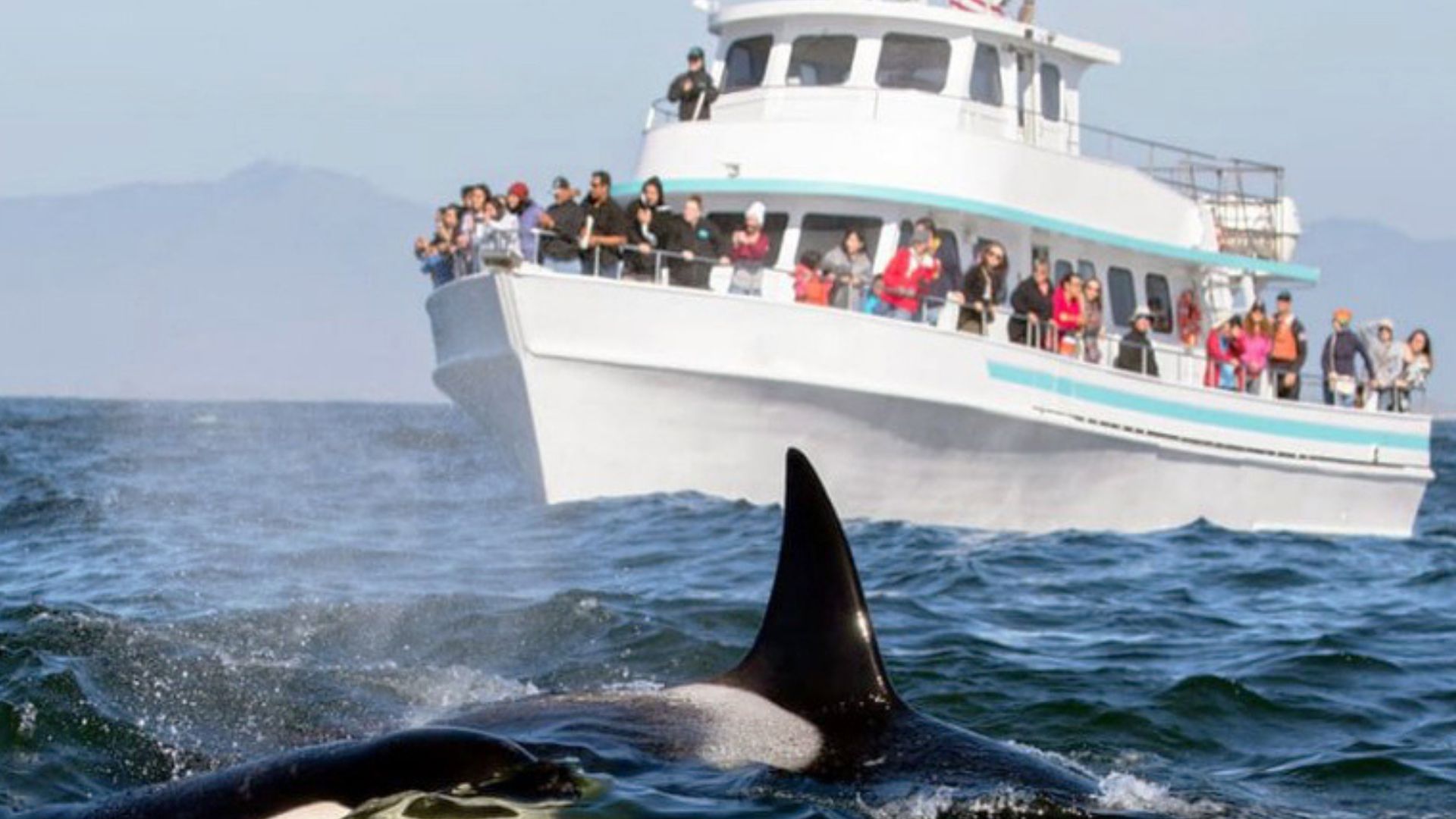For the discerning traveler, a whale watching expedition is not merely a tour but a private audience with one of nature’s most majestic creatures. Sri Lanka, hailed as one of the world’s premier destinations for witnessing the elusive blue whale, offers a spectacle of unparalleled grandeur . For those who seek not just to see, but to experience, this guide curates the perfect confluence of prime migration seasons and exclusive, responsible encounters, ensuring your journey is as flawless as it is unforgettable.
When and Where to Watch Whales in Sri Lanka
The secret to a successful whale watching sojourn in Sri Lanka lies in understanding its bi annual migratory rhythm. The island’s dual coasts offer a year round opportunity, with the luxury sector providing exceptionally comfortable and private vessels to access these prime locations.

Mirissa: South Coast (November – April)
For the traveler who seeks the highest probability of an encounter with the ocean’s titans, the southern coast off Mirissa is the undisputed choice. From late November through April, the seas here are at their most placid, creating ideal conditions for a graceful journey into the deep. This is the premier stage for witnessing the majestic Blue Whale, often accompanied by pods of Sperm Whales and acrobatic Spinner Dolphins. The luxury experience here is well-honed, offering the widest selection of sophisticated, stable catamarans and exclusive private charters, complete with expert naturalists and dedicated service to ensure your comfort and viewing success.

Trincomalee: East Coast (May – October)
As the summer season begins, the luxury whale watching scene migrates to the island’s northeastern coast and the deep, natural harbour of Trincomalee. This period from May to October offers a more secluded and emerging alternative for the discerning traveler. The waters here are often remarkably calm, providing a serene backdrop for your expedition. While Blue and Sperm Whales are commonly sighted, the true allure of Trincomalee is its sense of undiscovered beauty and the rare, thrilling possibility of encountering a pod of Orcas. This destination caters to those who prefer their wilderness experiences intimate and away from the well-trodden path.

Kalpitiya: West Coast (November – March/April)
Situated on the west coast, Kalpitiya offers a distinct marine spectacle from November through March. While Sperm Whales are present, the true stars here are the breathtaking “super pods” of hundreds, sometimes thousands, of Spinner Dolphins that put on a mesmerizing, acrobatic display. The intimate scale of Kalpitiya’s operations makes it perfectly suited for smaller, private yacht charters. This is the ultimate setting for a personalized day on the water, where the focus is on the dramatic dolphin performances in a more secluded setting, far from any crowds.
Types of Whales Commonly Spotted in Sri Lanka
Sri Lanka’s waters are a sanctuary for an impressive diversity of cetaceans. For the luxury traveler, this transforms a boat trip into a curated wildlife exhibition. Knowledgeable naturalists on premium tours will help you identify these magnificent species.
The Blue Whale (Balaenoptera musculus ): The star of the show. Sri Lanka is one of the best places on earth to observe the largest animal to have ever existed, with individuals reaching up to 30 meters in length . Witnessing its graceful power is a profound experience.
The Sperm Whale (Physeter macrocephalus ): Recognizable by its massive, block-shaped head, this deep-diving leviathan is a frequent sight . Luxury boats with hydrophones may offer the unique opportunity to listen to their distinctive clicks.
Bryde’s Whale (Balaenoptera edeni ): Often seen feeding near the surface, Bryde’s Whales add to the dynamic marine tableau . Their presence indicates rich, krill-filled waters.
Other Notable Sightings: Keep watch for the acrobatic Humpback Whale, the sleek Fin Whale (the second-largest species), and even the dramatic Orca, or Killer Whale, which is rare but occasionally graces the waters off Trincomalee

Tips for a Safe and Superior Whale Watching Experience
A luxury adventure prioritizes safety, comfort, and responsibility. These guidelines ensure your experience is not only opulent but also respectful and secure.
1. Select an Ethical and Expert Operator: This is the most critical choice. Insist on operators who are fully licensed and have a publicly stated commitment to responsible whale watching . This includes maintaining a safe distance (at least 100 meters), minimizing engine noise, and limiting the number of boats near a whale. Your patronage should support conservation, not detract from it.
2. Prioritize Your Comfort and Safety: The Indian Ocean is not a calm lake .
Vessel Choice: Can choose for larger luxury catamarans or private yachts, which offer greater stability and space to move, significantly reducing the chance of seasickness .
Proactive Measures: If prone to seasickness, consult your doctor for preventative medication and take it 1-2 hours before boarding . A seasoned captain will know how to position the boat for both optimal viewing and passenger comfort.
3. Come Prepared for a Premium Adventure: Even in luxury, the elements remain.
Sun Protection: Bring high-SPF, reef safe sunscreen, a polarized hat, and quality sunglasses to combat the intense tropical glare .
Equipment: Bring a camera with a good zoom lens. For truly hands-free enjoyment, the crew on luxury tours often includes a photographer to capture your encounter.
Attire: Dress in smart, light layers. A windproof jacket is advisable as it can be cooler on the water.
4. Practice Responsible Viewing Etiquette: Adhere to the “See a Spout, Watch Out!” principle . If you see a blow or a whale breaching, alert the crew. A professional captain will know never to chase a whale or drive through bubbles (a sign of feeding) and will always steer parallel to the animal’s course, never head-on

Embarking on a whale watching journey in Sri Lanka is to secure a front row seat to one of nature’s most profound ballets. By aligning your travels with the island’s natural rhythms and selecting an operator that shares your uncompromising standards for comfort and conservation, you transform a simple excursion into an indelible memory. This is not merely a tour; it is a curated encounter with the sublime, a testament to the grandeur that awaits when luxury meets the wild.

